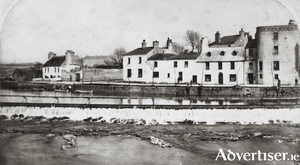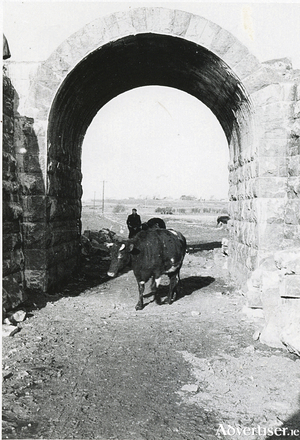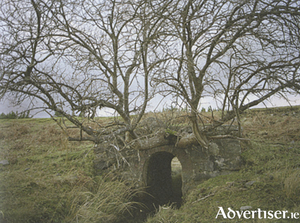Search Results for 'Salmon weir'
24 results found.
Waterside, c1885

Some 100 years before this photograph was taken, most of the area we are looking at would have been under water, the river covered much of what is Woodquay today. Most of the people who lived in the area would have been small farmers or fishermen, their houses (outside the city walls) made of blocks of stone, often with moss stuffed into the crevices and a roof covered partly with straw, partly with turf. The river provided a rich source of food, though in the city, the fishery, from the Salmon Weir to the sea, was privately owned.
Minister rubbishes story that Salmon Weir was for sale

Minister for Natural Resources Sean Kyne has rubbished a circulating story that the Salmon Weir might be put up for sale.
The Dyke Road

The Dyke Road was originally known as the Terryland Embankment. In 1847 a group known as The Corrib Development Company applied for compensation claiming they had spent a considerable sum constructing the embankment — at the time the river was prone to serious flooding. The Commissioner for Public Works took over possession of the works after giving evidence in reply to the claim for compensation. They pointed out that the embankment was partially built in 1839, but after the water had risen that winter, it had given way. The company carried out more works of reconstruction in 1840, but the flood waters burst it again. The river would flood on each occasion as far as Castlegar. The embankment was left unfinished until 1845 when the company tried once more but failed to retain the river. They were subsequently compensated. The building of the canal a few years later greatly alleviated the flooding problems.
‘A ghostly presence through trees and over bog’

One of Ireland’s great engineering feats in the 19th century was the building of the Galway - Clifden railway. After 30 years of argument as to which was the best route, the first train steamed out of Galway to Oughterard on January 1 1895; and the final section to Clifden was finished by July of that year.

